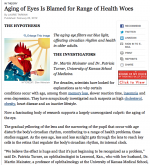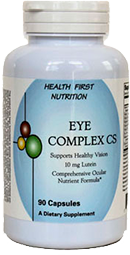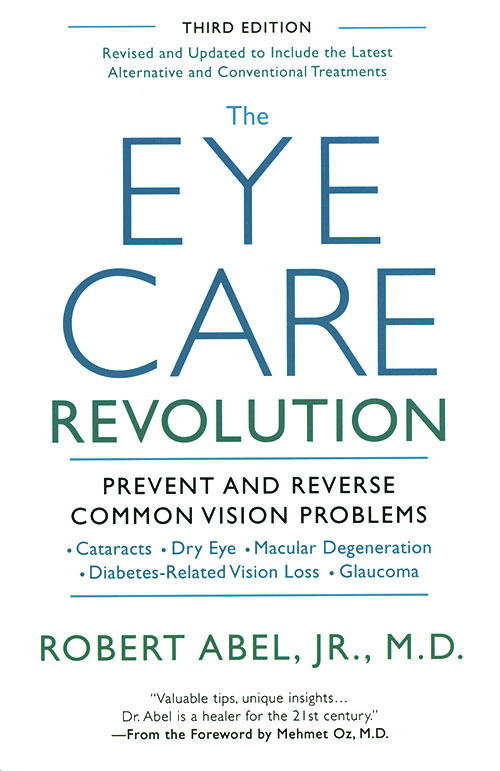The Eye as an Indicator of Health
 With aging of the eye, there is a reduction of light going into the eye. With this reduction, there is less light going to the pineal gland, which alters the normal circadian rhythm of the body. The circadian rhythm controls hormone production, especially cortisol, blood pressure, and the sleep cycle. The loss of normal control in these areas brings significant health risks, including heart disease and diabetes.
With aging of the eye, there is a reduction of light going into the eye. With this reduction, there is less light going to the pineal gland, which alters the normal circadian rhythm of the body. The circadian rhythm controls hormone production, especially cortisol, blood pressure, and the sleep cycle. The loss of normal control in these areas brings significant health risks, including heart disease and diabetes.
Needless to say, the eye is the conduit of light images into the brain. The following are normal consequences of ocular aging:
• Narrowing of the pupil
• Yellowing of the crystalline lens (cataract)
• Drooping of the lid
• Reduction in the number of healthy receptors in the retina
Living in Northern climates can further aggravate the situation, where there are many months of restricted daylight. So, we need to get out and walk everyday, try to get a normal amount of sleep, and have periodic eye and physical examinations.







